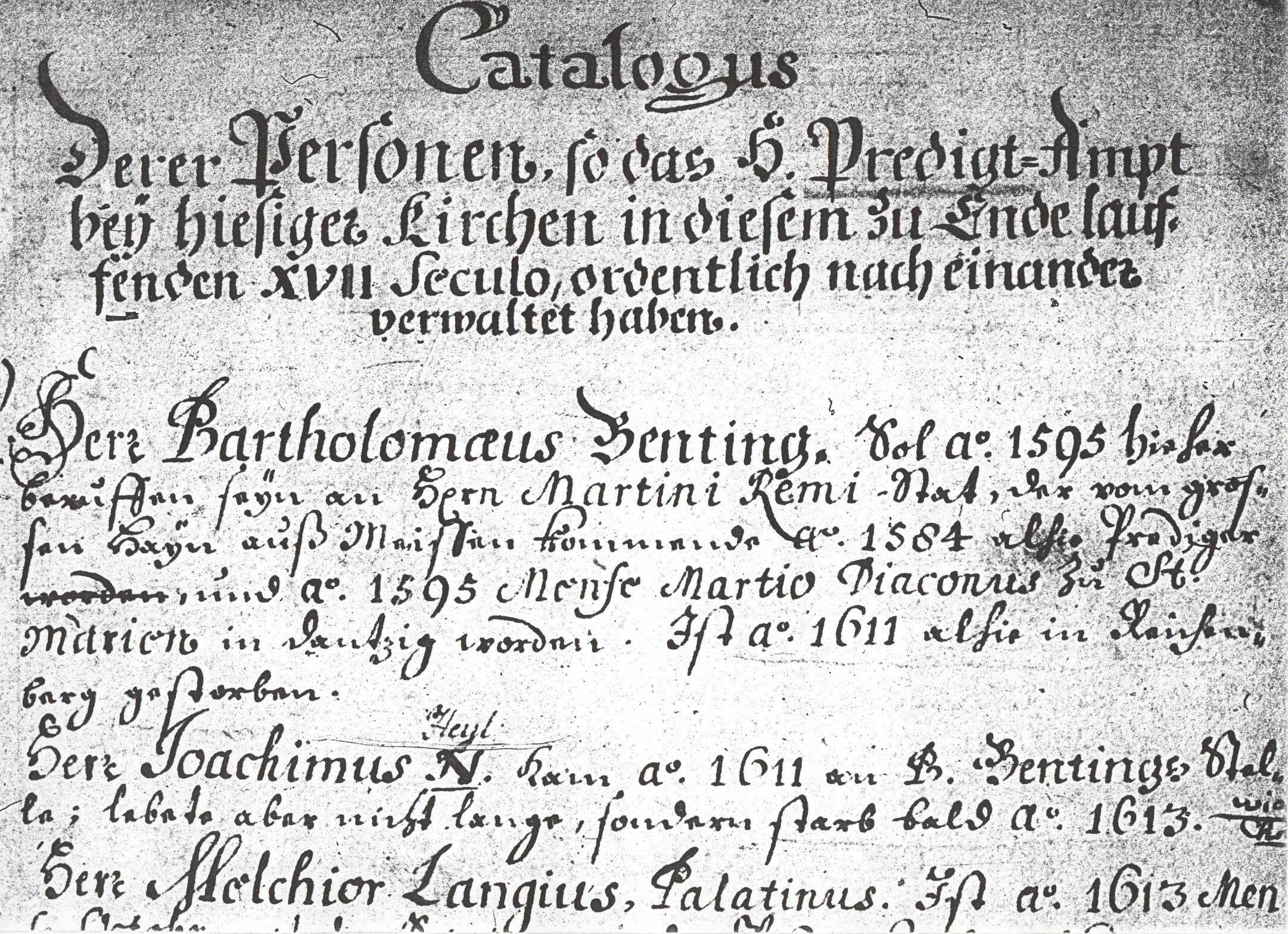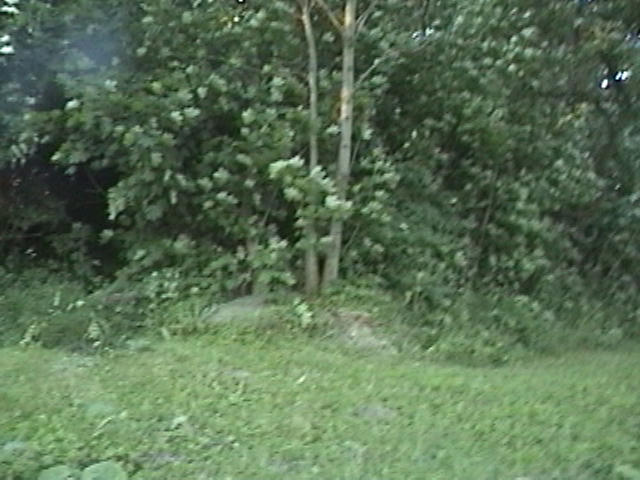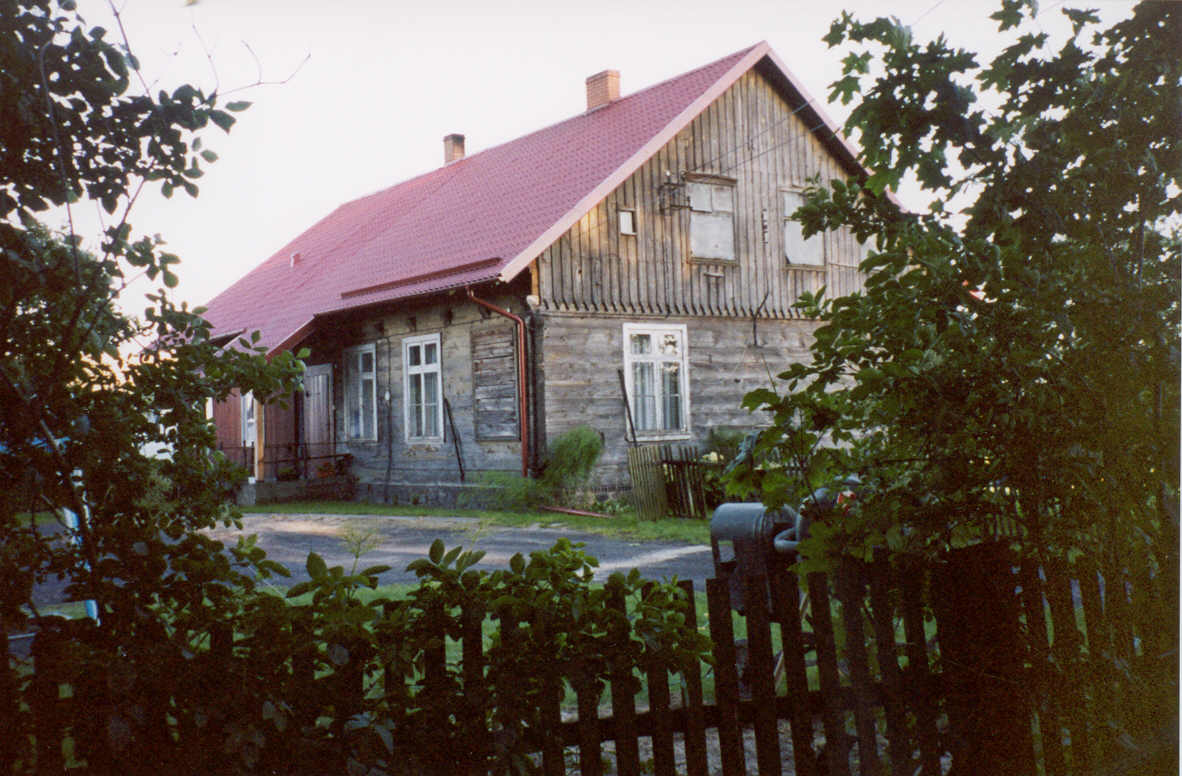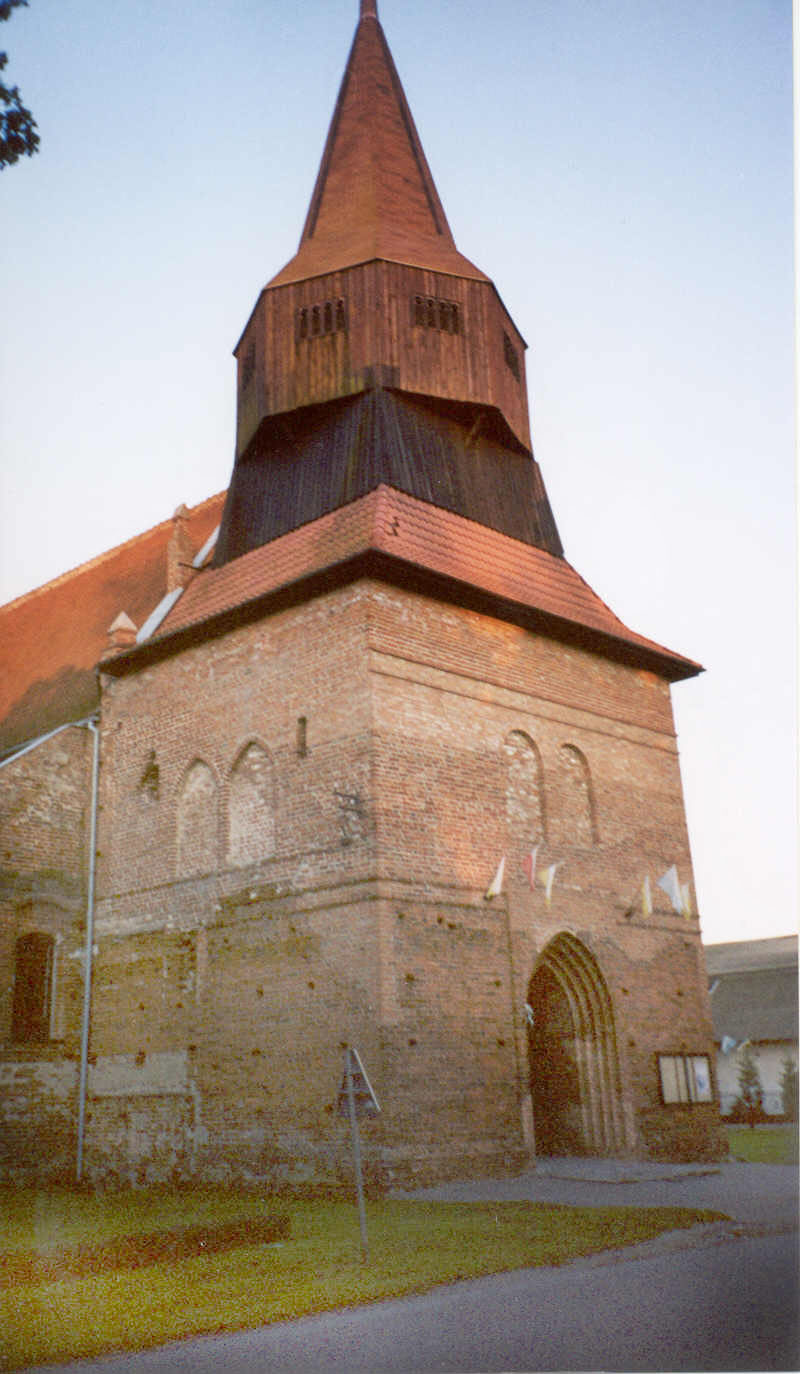Reichenberg (Rychemberk) near Danzig
Reichenberg (Polish Rychemberk) is a
village in the Gdansk (Danzig) county, located 10 kilometers east of Gdansk
near the Vistula River. Around 1900 it included the train station in Gross Plehnendorf and the adjacent Muehlenfeld
(in 1885 5 homesteads and 38 inhabitants), Reichenberger
Gasse (5 homesteads and 7 residents), Rosenau (5 homesteads and 35 residents), Rossgarten (5 homesteads and 39 residents), and Wrukenkaule which covers the area of 832 ha (10 ha of
meadows and 358 ha of farmland). In 1885 there were 35 homesteads, 59 houses,
366 residents (23 Catholics, 341 Evangelicals, and 2 dissidents). There was a
two-class Evangelical school that in 1859 had 159 students.
Rychemberg is an old settlement which received a location
privilege, probably in 14th century. In 1547 the magistrate of
Gdansk (Danzig) granted the village to Philip Eidzema
and his companion. In the war between Gdansk and Polish King Batory, the village was destroyed and the church with its
steeple, which served sailors as a landmark, was partly burnt. The restoration
did not give it back the original shape. The pre-war World War II church, in
which only lower parts date back to the 15th century, was built in
1584 using Prussian construction; however it was completed only in 18th
century. The bells are from 1743 and 1745. Previous bells dated back to 1580
and 1537. As the patronage over the church belonged to Gdansk, the church
became Evangelical. (Source: Gazetter
of Polish Kingdom and other Slavonic countries, Warsaw 1882-1902, Page 70, vol.
12(?)).
After Martin Remus arrived from Saxony, he served at this church from
1584 to 1595. When he moved to Marienkirche in
Danzig, Batholomaus Benting
followed Martin. Click here to follow Martin to Marienkirche. Following is from the Churchbook
for Reichenberg from the mid 1600's century and the
beginning of the list of pastors for the church.

Click here to see the details in the above picture using Adobe Acrobat.
In Hitler's final
defense of Germany, the dikes in the area were destroyed immersing the whole
area in water. This was done to try to stop the progress of the Russian army.
The Russian airforce also bombed Reichenberg.
Thus, the church is now in ruins and nearly leveled. Following are some
pictures of the ruined church.

Next to the church are the remains of an old
wooden rectory. It has been partitioned into two parts and occupied by two
sisters. Here are pictures of the rectory.

Apparently the
local people took bricks from the destroyed church and used them in building
new churches. The church at Cedry Wielke
is believed to be one of those churches. Following is a picture of it.

The modern Polish name for this village is Bogatka; the village consists of just a few farmhouses. The
land is fine farmland being part of the Vistula River delta.
Click here for a detailed map in Adobe Acrobat format.
Click here for a site map for the Danzig area.
Please
send any information and queries to Bill Remus at
August
9, 2004